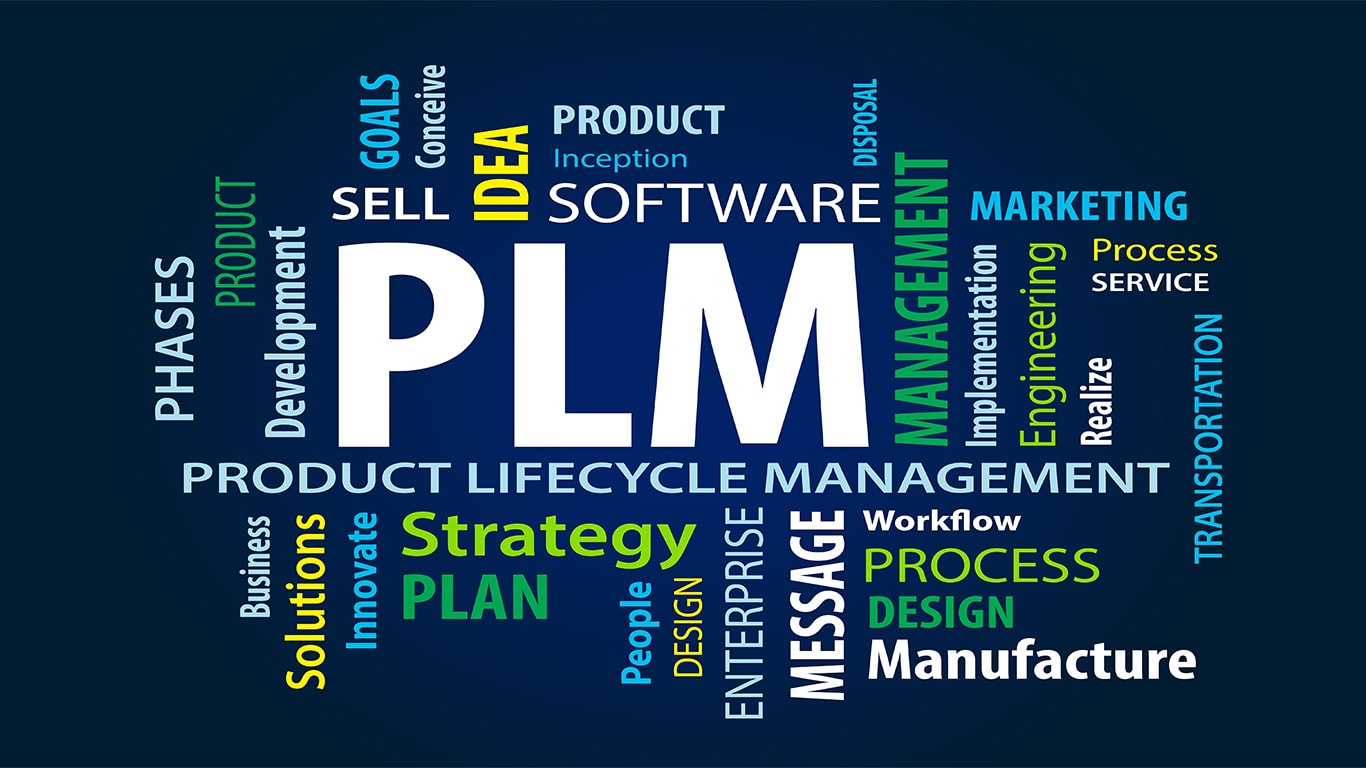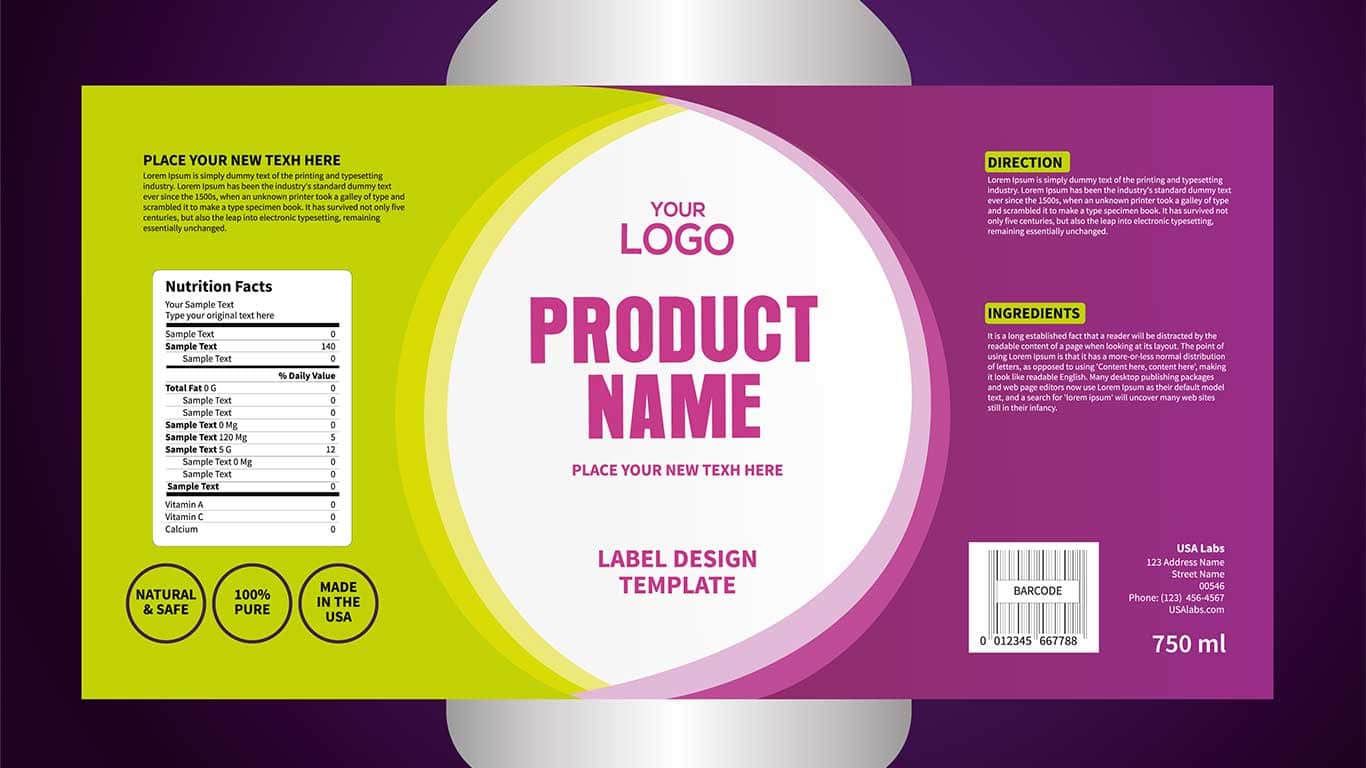It’s not your product
More than 30,000 new food products are introduced in the US every year, and according to research conducted by the business school at Harvard University, nearly 80 percent fail – but the study indicated that it’s most often not the product, it is a lack of innovation in the preliminary ideation and an inability to nurture the product through its lifecycle.
As an expert with more than 30 years’ experience providing solutions for organizations to parlay intellectual capital into digital transformation and produce innovative products and explosive bottom-line results, it’s important to understand the synergy between strategic, comprehensive, integrated innovation and employing product lifecycle management for growth, stability, and sustainability.
Free Whitepaper
Product Lifecycle Management: Learn how to drive innovation, reduce costs and risks and eventually gain a competitive advantage.
Millennials have altered the food and beverage landscape in myriad ways, and future generations will continue this trend, but with best practices and the right process solution, more than 300 SpecPage customers are leading their respective market segments.
Challenges like changing consumer demands, healthier dietary choices, non-GMO, gluten and allergen issues must be considered, but they should be enhanced by, not impede, innovation for new product development.
True innovation allays fear
New product launch failure always comes back to a lack of innovation. Sagacious leaders recognize that the failure of a product to thrive does not occur at the end of the product lifecycle, but rather at the beginning, in research and development, simulation, trials and validation.
Lack of innovation creates legitimate fears for loss of brand share – but industry leaders understand and find ways to capitalize on product and market disruptions.
Leaders like SpecPage customer Kellogg’s adjust and grow with enthusiasm and dedication to consumer demands. As millennials have advanced to be the single largest buying segment, the breakfast experts have pivoted to provide fast, easy to prepare/easy to consume, low cost healthy breakfasts. They have added organic, vegan-friendly plant-based options and reduced and/or eliminated sugar and additives in their products.
Kellogg’s has successfully introduced new and/or improved products to block competition, fragment the market, and meet the needs of their changing demographic. They have added healthier breakfast options to increase profitability and have grown their organizational footprint by entering high-growth markets. The company has essentially repositioned as the leader who has their finger on the pulse of the entire breakfast foods market.
Within the DNA of product lifecycle management lies the key to profit – innovation leads to faster production, increased profitability, a more generous market share, premium pricing and improved in-service operations.
But what about disruptors
Disruptors – food trends, consumer demands and altered buying habits, home-meal-services, on-line grocery stores with delivery, millennial requests for ecofriendly, sustainably sourced products, country specific global regulatory requirements, food safety and modernization, product labels as a single source of truth, the introduction of blockchain and smart contracts for food supply chain management – these are the ideas, strategies, technologies (like SaaS and cloud-based solutions) that are driving innovation…and requiring formula-based producers to reconsideration basically every step in their supply chain and data management process.
Using your organization’s human capital – their ability to create ideas and capture them – is a gargantuan innovation multiplier. PLM advances the knowledge and creativity of the entire team, working in tandem to collaborate and bring new products to the pantry shelf – that is true innovation and the recipe to success.
PLM provides easy access to all necessary information and spreads team expertise across the organization to reduce barriers and provide opportunities for innovation participation.
Digital transformation for innovation
Digital transformation eliminates archaic spreadsheets and supports your team the way they work – including mobile paradigms from the production shop floor.
PLM eliminates silos, reducing time to market and allowing teams to focus on products that will be embraced worldwide with support for global regulatory compliance and food safety. When colleagues collaborate across research and development departments and in multiple sites, that increases the number of projects and competitive advantages realized – while accelerating the scope of products and services your organization offers and provides.
Cost efficiency is essential, and improved product quality is crucial – but they pale in comparison to the importance of innovation for producers who are trying to grow and sustain their brand. The introduction of innovative new products is the only imperative – you can’t save your way to success, eventually you will hit the savings ceiling.
PLM provides opportunities to ensure that your price is right, your source is tight, and your development teams are free to create bestselling recipe variations, or new formulas that blow away your competition.
Product versus process
There is a difference between product innovation and process innovation – understanding the difference is crucial for the success of both the process and your new product development.
The c-suite – CEOs, CTOs, and CFOs – are hyper-aware of product innovation, simply because it’s the product line that makes the money.
But for front line product developers, it’s process innovation.
The research and development and quality control teams that discover, plan, conceptualize and design new products – as well as the teams that validate and produce simulations and trials – sometimes understand the need for PLM ahead of the decision makers.
Many upper level management leaders are confused by reputable data that confirms PLM is the most essential tool for formula-based food and beverage manufacturing – especially if they currently employ an enterprise resource planning (ERP) or manufacturing execution system (MES). It is crucial to explain that, while there may be overlap in a few key areas, PLM is far more important to the success of an organization than ERP or MES – because without it, there can be no sustainable innovation.
In fact, it’s difficult, if not impossible, to innovate and create when working from scores of email messages and out of date spreadsheets – across three departments. CEOs are big picture thinkers, so they may not be as focused on digital tech as front-line teams who struggle to innovate while using out-of-date technologies – but sage c-suites are often convinced of the need for a comprehensive process solution that provides transparency and traceability throughout the product lifecycle with simple qualitative and quantitative ROI calculation reports.
Finding your advantage
In order to establish and maintain your organization’s competitive advantages, digitization is a must. Digital transformation allows you to provide differentiation between your product and similar market offerings – it also delivers crucial opportunities to provide exceptional customer satisfaction and retention. It always less expensive to retain and increase market share via innovative new products than to replace customers.
Innovation is the key – experts at the economist magazine recently reported that any enterprise that fails to replace 10 percent of their revenue stream annually is likely to be out of business within five years. Providing research and development teams with the PLM process solutions that they need to innovate – to reuse and reformulate – and to discover new recipes now will stand your brand in good stead for years to come.
Intellectual assets are the key to innovation
Innovation does not happen in a vacuum. Innovative products – whether a reuse/recycle formulation or the discovery of a totally new concept – start with a thought or an idea, then become data, which morphs into an innovative new product that is deliverable to the market.
Here’s where we take another deep dive – every single product in the food and beverage industry began as a virtual idea. Teams collaborated, ideas and concepts were born, and simulations began. These virtual ideas and simulations are, by their very definition, your intellectual property. They are simply thoughts or concepts until they are developed. The speed and accuracy with which these ideas come to fruition depends on the tools that your team has to work with – and without the proper process solution to define and refine them, these great ideas and concepts may languish.
Without a comprehensive, end-to-end product lifecycle management process solution, food and beverage producers are wandering in the wilderness.
Clarity in the development process
PLM delivers clarity and development collaboration, options for cost-saving reuse and reformulation – it illuminates and streamlines the variations that allow for strategic planning, sourcing and enhanced revenue and returns on investment. Manufacturers data sheets, artwork, labeling, audits, claims and validation for export are integrated and simplified – providing the foundation to accelerate time-to-market and reduce costs while improving product quality.
Many food producers employ ERP to manage their product lifecycle – with mixed and often disappointing results. ERP is a great product for human resources, finance and manufacturing process planning – but is does not provide the innovation necessary to develop new products. It can easily track orders, revenue and business metrics – but without PLM, you are tracking simple movement, with no transparency, traceability or innovation. ERP digests the data you feed it – but without comprehensive PLM, you are starving your innovation process.
Questions that only PLM can answer
Research and development, simulations and trials and quality control teams often ask questions like, has this idea been shared? Why was a recipe designed like this? Can we use a different source/ingredient/supplier to boost revenue, ROI or innovation? That’s because these are the kinds of essential questions that eventually determine the successful launch of new or improved products.
It important to note that ERP – or even ERP combined with MES – was not designed for this purpose, so they cannot answer these questions. The simple truth is that innovation is more than data on a BOM, it’s more than just attribute and document management.
PLM process solutions enable digital threads that help conceptualize, plan, design, validate, produce, and serve your product – while delivering the impact analysis and traceability in the supply chain for the entire lifecycle of the product.
When it comes to your organizational integrity and efficacy, speed and flexibility are crucial. With consumers insisting that product labels should stand as a single source of truth – verifiable via mobile device in the grocery store aisle – will your customers find that your product concept, ingredients, and label are accurate and complete? If not, can your teams respond quickly to analyze challenges at any point in the product lifecycle?
When manufacturers begin with PLM, they achieve stellar product data, which leads to massive improvements in data integrity.
Comprehensive PLM empowers your global competitive advantage
Innovation is determined by vision, the vision of your organization’s leaders and the insights and creativity of front line product development teams. In order to move forward and achieve greatness, an honest assessment of current processes and procedures is imperative.
Moving forward
Return on investment analysis reports get c-suite attention faster and more effectively than any other metric, so gather the best quantitative and qualitative data available to develop an accurate ROI – but I strongly advise that you include the cost of doing nothing – that will clearly illustrate the eventual shrinkage of your brand’s market share.
Then request a free demonstration of how SpecPDM enables traceability, transparency and simplifies global regulatory requirements for formula-based production – from concept to marketplace.





